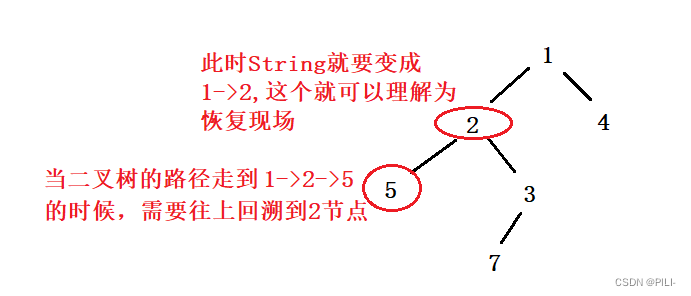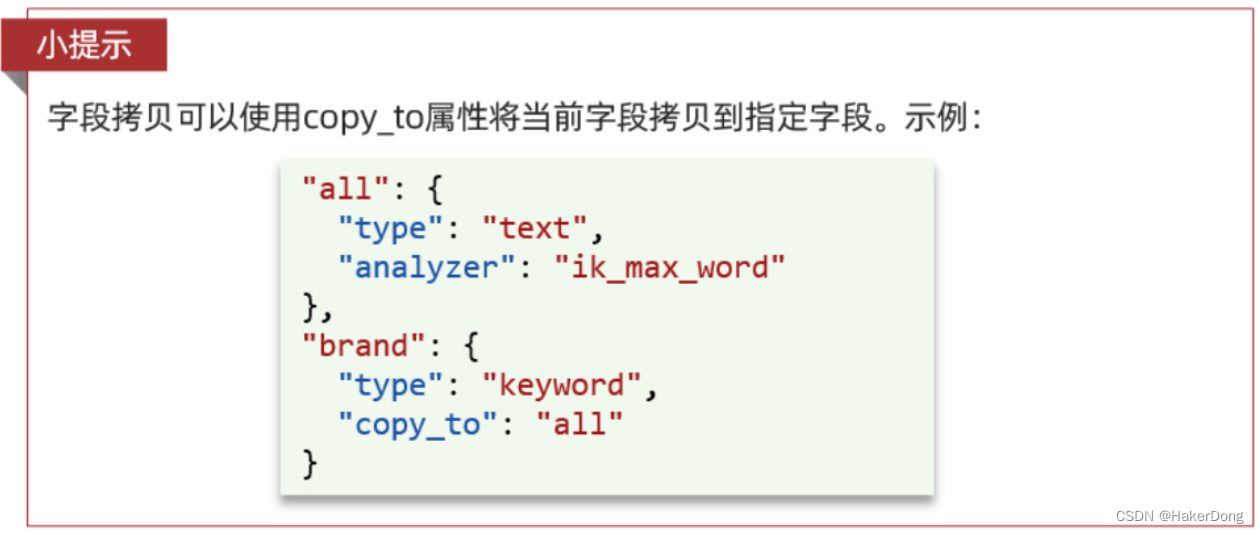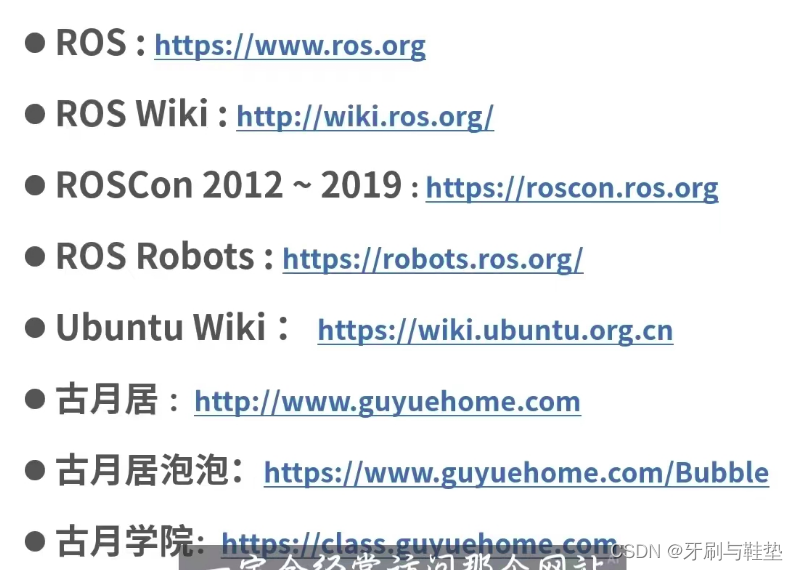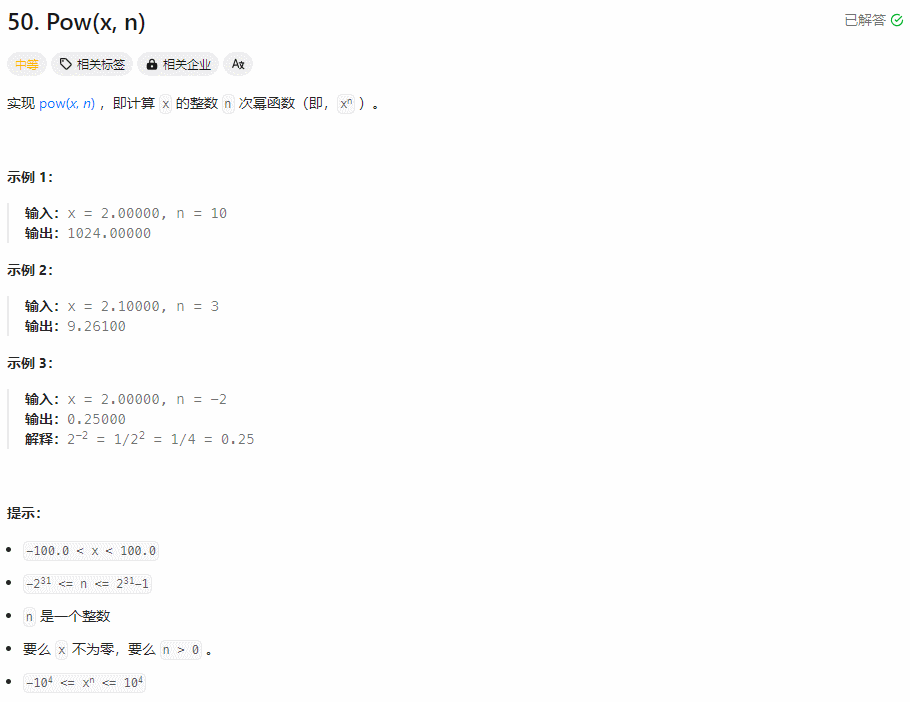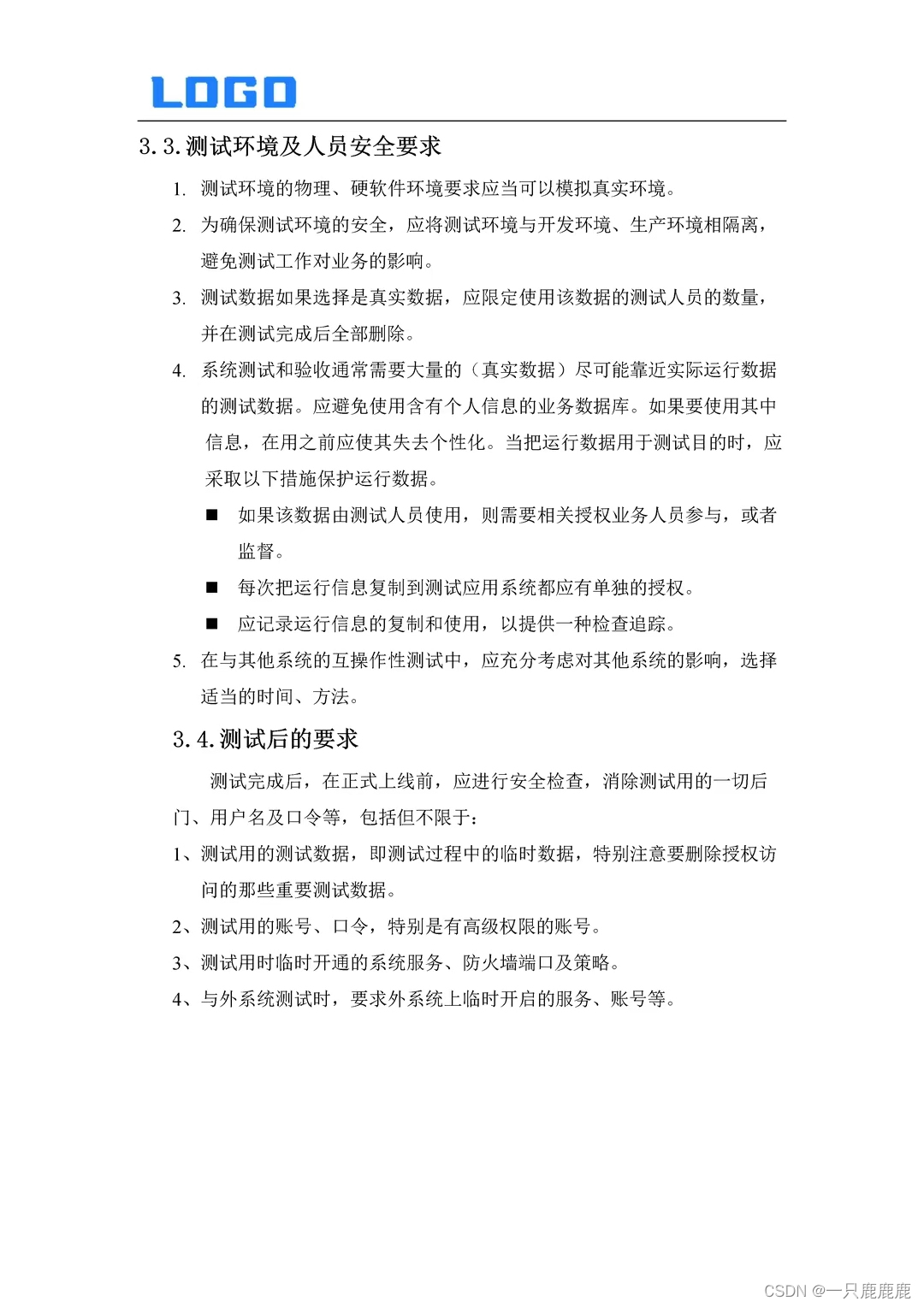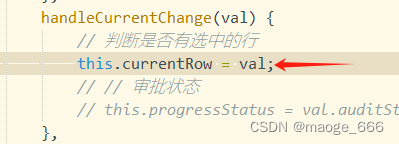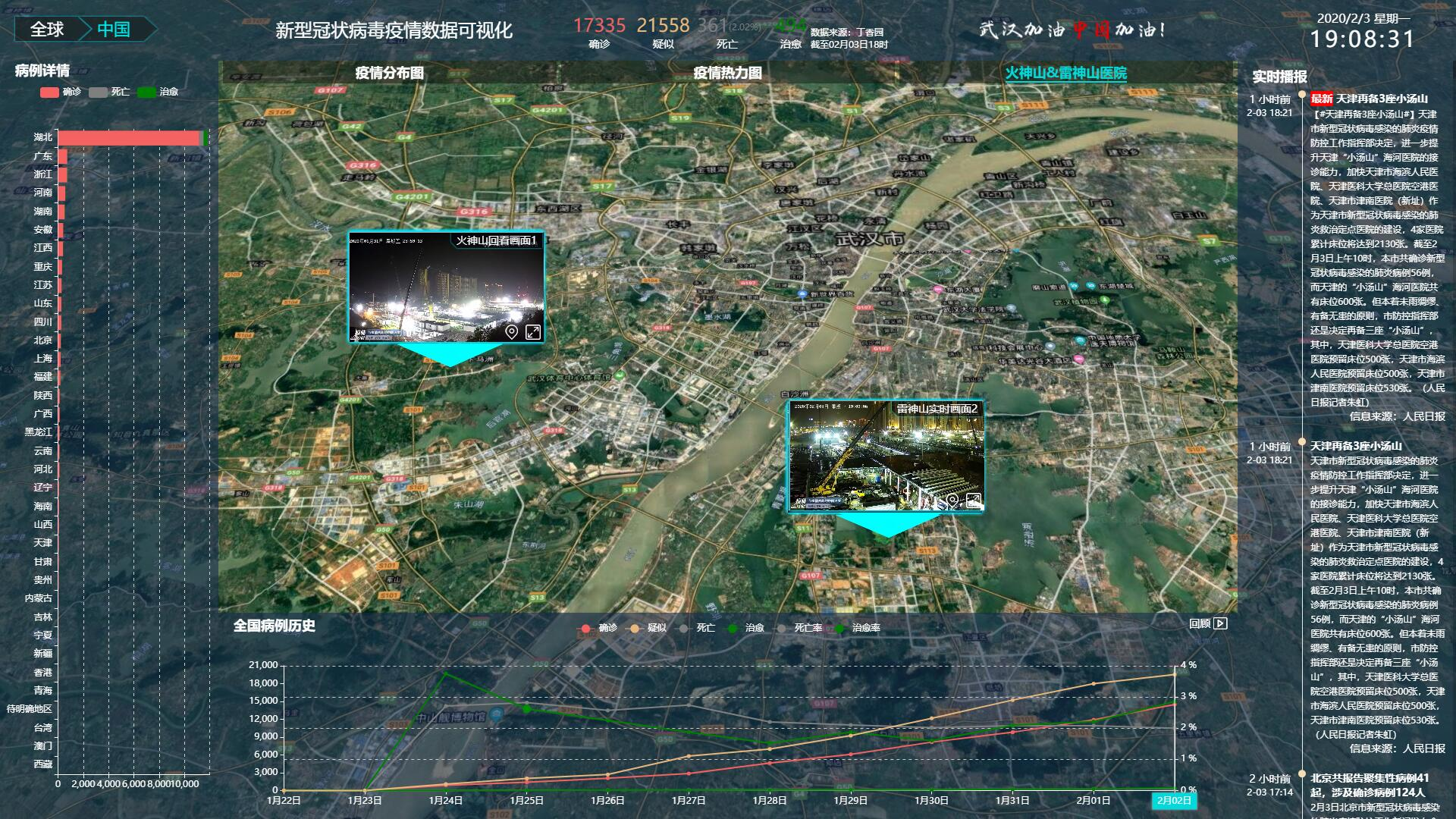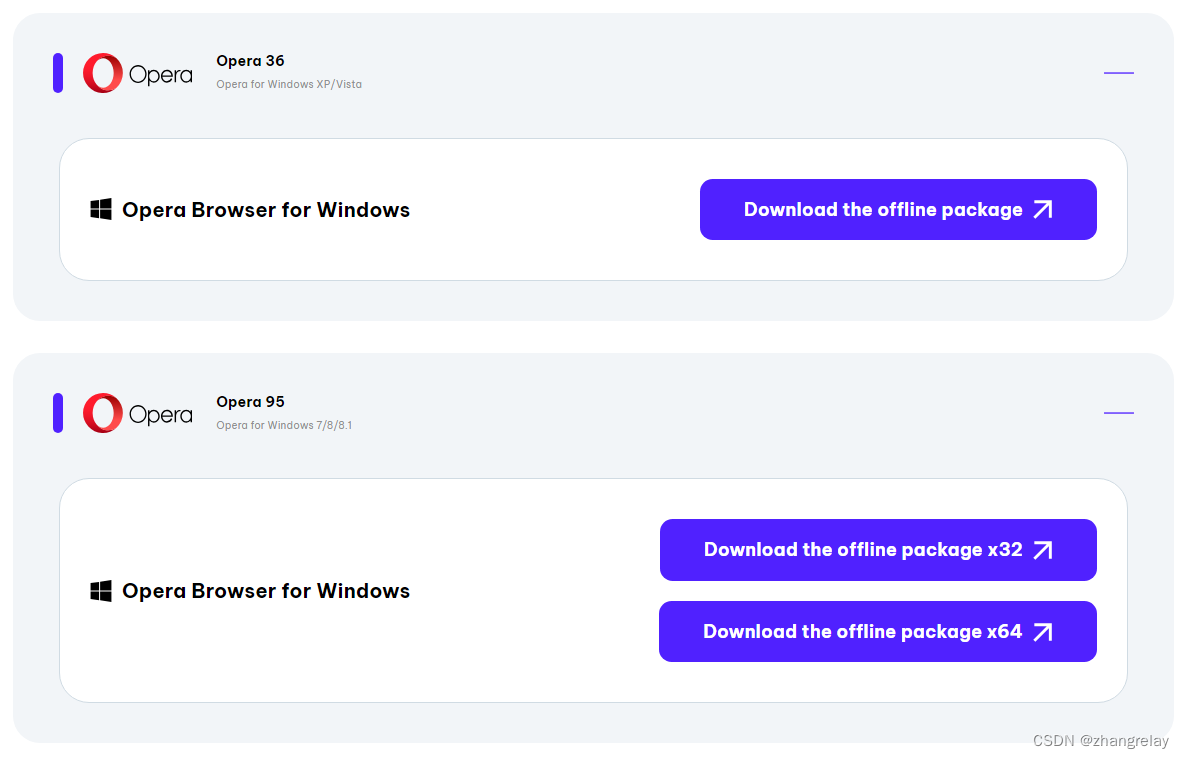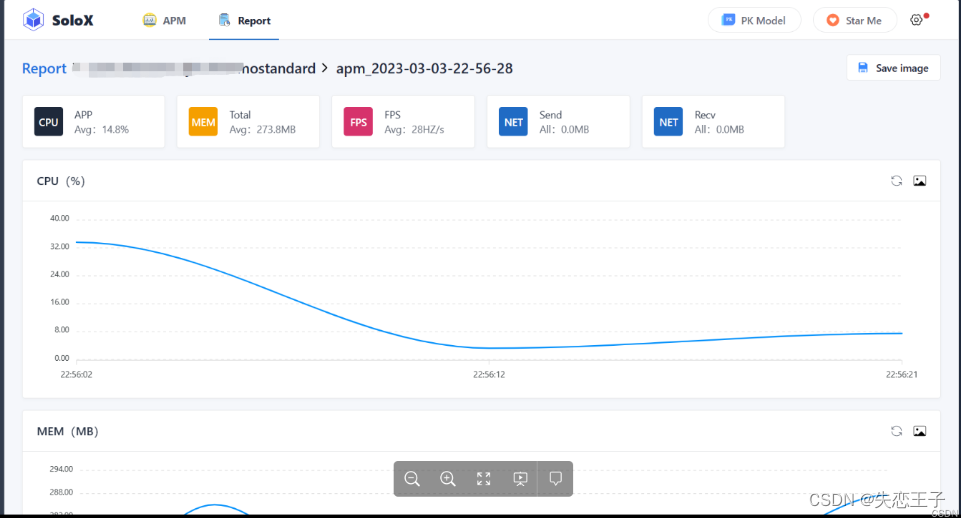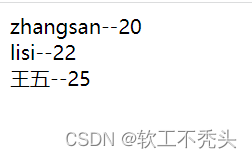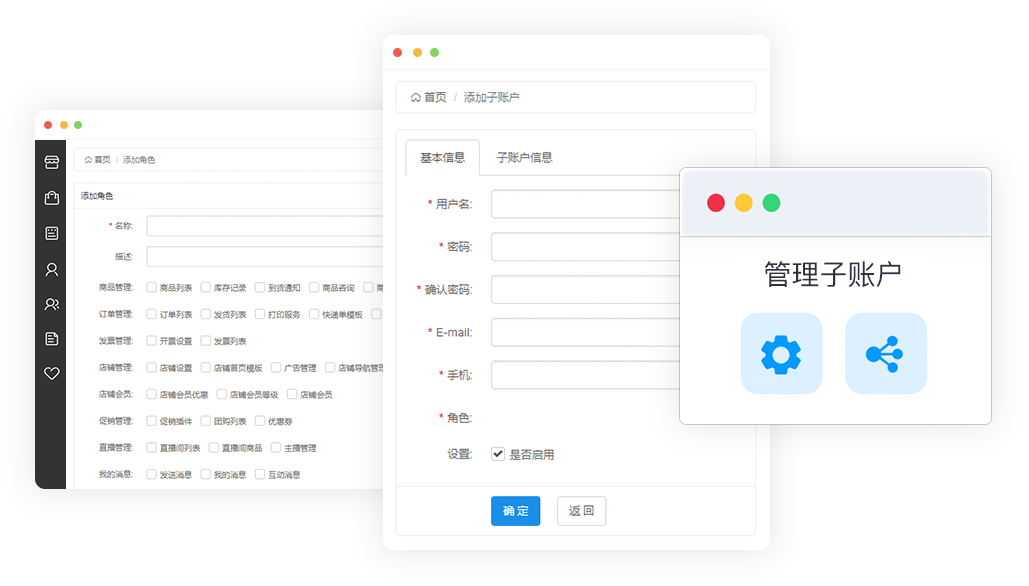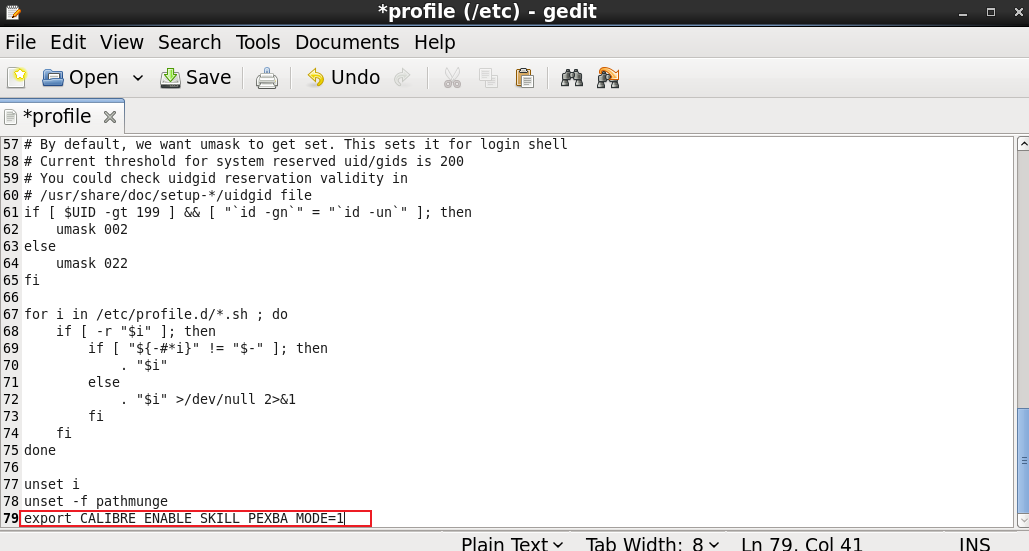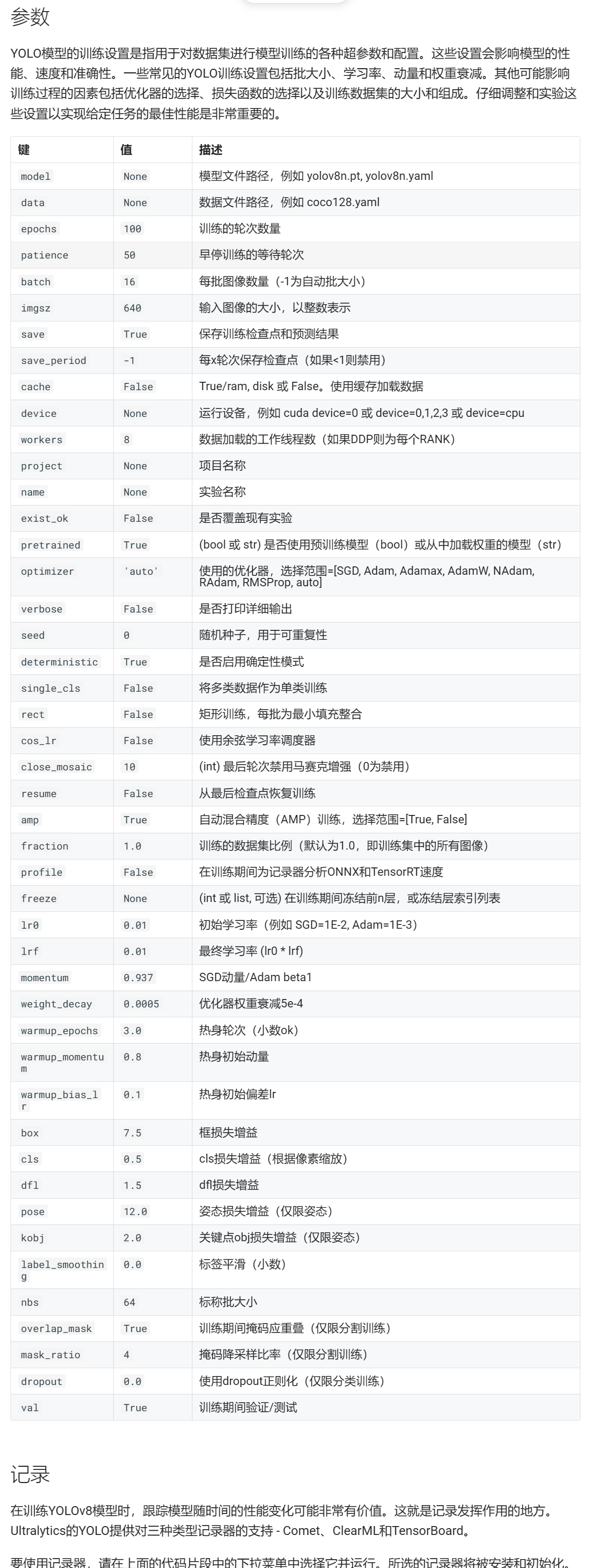257. 二叉树的所有路径 - 力扣(LeetCode)
对于二叉树的深度搜索,要学会从以下三个角度来去看待问题:
1. 全局变量,有时候全局变量会减少参数的个数,简化很多流程;
这道题目,要返回根结点到叶子节点的多条路径,此处就考虑用全局变量来存储每一条路径;
2. 回溯,基本上深度搜索就会涉及到回溯,而对于回溯,就要联想到 "恢复现场" ;
从这道题的角度出发,理解恢复现场:
3. 剪枝,为了让程序的运行效率进一步提高;
这道题目的剪枝可以用在:判断左子树或者右子树是否为空,为空的话就不再进入递归了;
代码实现
结合下述代码来理解,StringBuffer path = new StringBuffer(_path); 这条语句涉及到值传递的相关知识,这里不做过多解释了,该语句实现了恢复现场,让 dfs(root.left,path); 递归完成后,要进行下一句 dfs(root.right,path); 的时候,path 依旧是当前层次的 path;
class Solution {
List<String> str = new ArrayList<>();
public List<String> binaryTreePaths(TreeNode root) {
dfs(root,new StringBuffer());
return str;
}
public void dfs(TreeNode root,StringBuffer _path){
StringBuffer path = new StringBuffer(_path); // 实现了恢复现场
path.append(Integer.toString(root.val));
if(root.left == null && root.right == null){
str.add(path.toString()); // 如果左右节点都没了,该节点就是叶子节点了,就可以存入数组了
}else{
// 如果不是叶子节点
path.append("->");
}
// 剪枝:左子树不为空,就继续递归
if(root.left != null) dfs(root.left,path); // 递归left
// 剪枝:右子树不为空,就继续递归
if(root.right != null) dfs(root.right,path); // 递归right
}
}